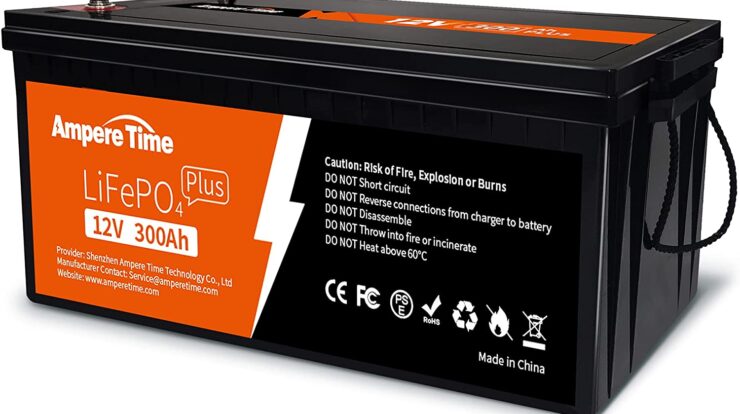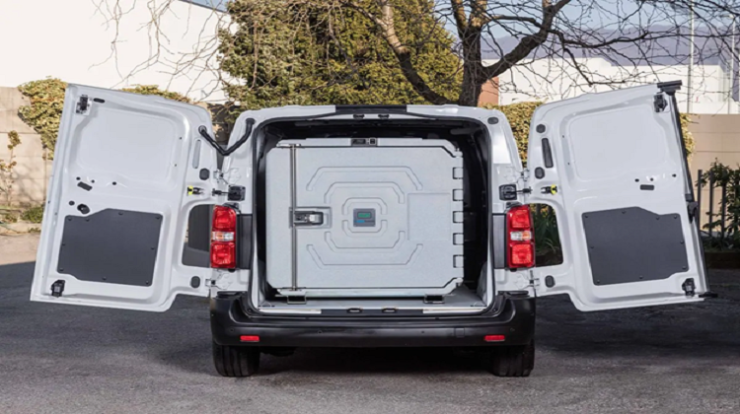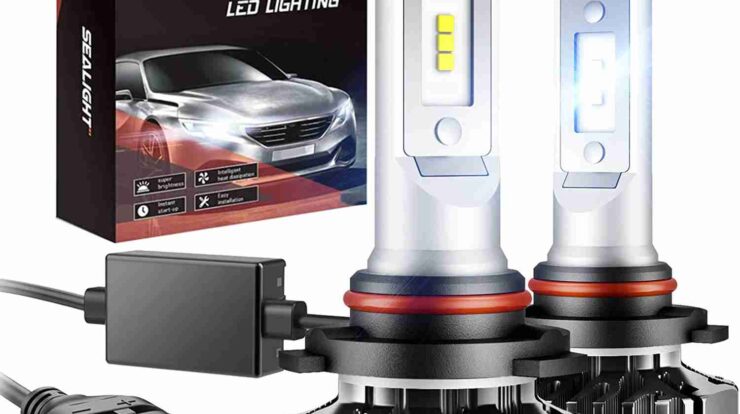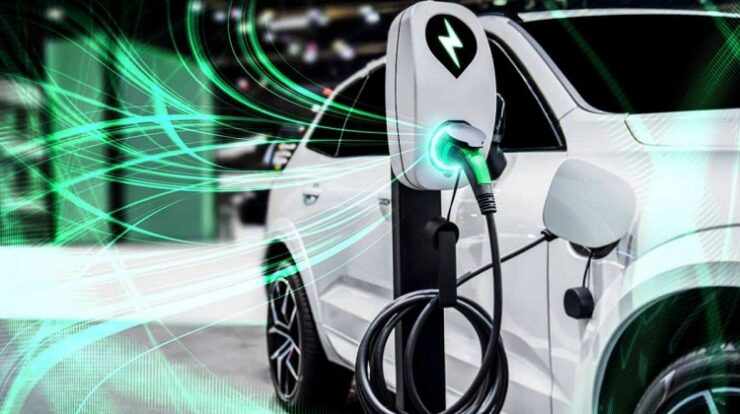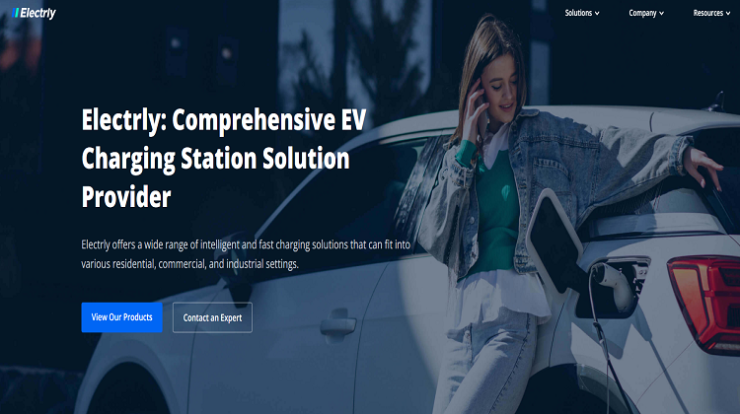
As an electric vehicle owner in Canada, you likely understand the importance of locating charging stations along your travel routes. While home charging caters to the majority of your needs, public charging expands your vehicle’s range and flexibility. Fortunately, the EV charging stations Canada map is a handy resource to help you find and utilize EV charging stations across the country.
Locating EV Charging Stations Near You in Canada
To locate EV charging stations near you in Canada, there are a few options to explore:
- Visit the website for Electrly, the provider of EV charging solutions in Canada. On their site, you can enter your address or postal code and view nearby public charging stations on an interactive map. Each location provides details like the number of ports available, charging speeds, access hours, and amenities. With over 5,000 stations across the country, Electrly’s network is Canada’s largest.
- Check PlugShare, a community-based EV charging station map. Users can submit new locations and photos, rate stations, and leave comments about their experiences. While the information may not always be as up-to-date as a provider’s site, PlugShare covers stations from all networks in one place. They offer mobile apps for Android and iOS to locate stations on the go.
- Consult ChargeHub, another open database of EV charging station locations. They feature an interactive map to find nearby ports and details like the station host, network operator, charging connectors, and speeds. Users can create a free account to save favorite stations, check-in, and leave ratings or reviews. The ChargeHub database includes over 300,000 stations worldwide, including those throughout Canada.
- Don’t forget to check with local utilities, businesses, parking garages, and public destinations in your area. Many provide EV charging as an amenity for customers and visitors or to support environmental sustainability goals. While not always advertised as prominently as larger networks, locally hosted stations are an option, especially in smaller towns.
With various resources to tap into, locating an EV charging station nearby should not prove challenging. Be sure to confirm details like availability, costs, and compatible connectors before heading out to charge your vehicle. Safe travels!
Using the Ev Charging Stations Canada Map to Plan Your Route
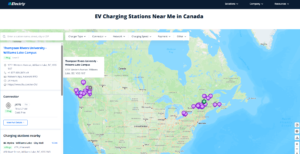
To locate and use EV charging stations in Canada, the Ev Charging Stations Canada map is an invaluable resource. By planning your route in advance with the Electrly EV charger map, you can ensure your electric vehicle (EV) will have enough charge to get you where you need to go.
- Visit the Ev Charging Stations Canada website and enter your starting point and destination. The map will display available charging stations along your route. Select the ones you want to use and get directions to the locations.
- Once you arrive at a charging station, look for the level 2 or level 3 chargers, which provide faster charging for most EVs. Level 1 chargers can also work in a pinch but charge at a slower rate. Connect your EV to the appropriate charger and charging will begin automatically.
- Most public charging stations charge a fee to use the service. The rates are often between $1 to $10 per hour of charging. Some locations offer memberships with lower rates. Be prepared to pay the fees in the method listed at the station such as credit card, mobile pay or charging network card.
- Not all EVs and charging stations are compatible, so check that your EV model and the station’s chargers match before relying on a specific location. The details for each station on the Ev Charging Stations Canada map list the types of chargers and EV models they support.
With some advance planning using the map of EV charging stations, you can feel confident driving your EV across Canada knowing there will be chargers available when you need them. By understanding the different charger types and fees, you’ll be ready to power up your EV at any compatible station. The open road awaits!
Charging Options: Fast Chargers vs. Standard Chargers
When searching for EV charging stations in Canada, you’ll have two main options: fast chargers or standard chargers. The type you choose depends on your needs and how quickly you need to charge your vehicle.
Fast Chargers
Fast chargers, also known as DC fast chargers or level 3 chargers, provide an 80% charge in 20 to 30 minutes. These high-powered chargers are ideal if you need to quickly top up your EV’s battery during a long drive or road trip. Popular fast charging networks in Canada include Flo, Ivy Charge, and Petro-Canada. You can locate fast chargers on their mobile apps and websites.
Standard Chargers
Standard chargers, known as level 2 chargers, typically provide a full charge in 3 to 12 hours depending on the EV model. These chargers are suitable if you’re able to charge overnight or for several hours while at your destination. Many public standard chargers can be found at hotels, restaurants, retailers, and workplaces. Home charging stations also provide level 2 charging.
When using a public EV charging station, be aware of any fees before plugging in your vehicle. Some fast chargers and standard chargers are offered for free, while others charge by the hour or kilowatt-hour. It’s best to check if the station appears on charging maps like PlugShare to view details on power levels, charge times, and potential fees.
Whether you choose a fast or standard charger, make sure you have the proper charging cable to connect your EV to the station. Most public chargers provide universal cables, but in some cases, you may need an adapter which should have come with your vehicle. Always follow the on-screen instructions carefully to ensure your EV is charging properly before leaving the station.
With an increasing number of EV charging options across Canada, driving an electric vehicle is more convenient and eco-friendly than ever before. Following these tips will help ensure you have a seamless experience using public EV charging stations. Let me know if you have any other questions!
Charging Etiquette: Proper Behavior at Public Charging Stations
When using public EV charging stations, it is important to follow proper etiquette. This ensures a positive experience for all drivers and allows for efficient use of the limited number of charging ports currently available.
Be Courteous to Other Drivers
- Do not block access to charging ports or park in a space designated for charging if you do not need to charge your vehicle. Only occupy a charging space when charging your EV.
- Avoid crowding the area around charging ports. Give other drivers enough space to comfortably access their vehicle and any payment or check-in kiosks.
-Move your vehicle as soon as it is charged to open the space for another driver. Do not leave your EV occupying a charging port longer than necessary.
Follow Posted Instructions
Carefully read all instructions posted on or near the charging equipment before using the station.
- Pay attention to time limits, fees, and any requirements to activate a charging session. Some stations require checking in or activating a charging port via an app, key fob, or payment card. Failure to properly start a session could result in fees or the inability to charge.
- Note the maximum power output of each port and only use a port that suits your vehicle’s charging capacity. Do not overload a lower-powered port with a vehicle capable of faster charging.
- When completing a charging session, make sure to end the session properly through any required checkout steps. Failure to check out may result in additional fees.
Report Any Issues
If there is a problem with a charging port during your use, report the issue to the network operator as soon as possible using the contact information posted on the station. Provide details about the specific port number, error messages, and anything else that can help resolve the problem promptly. Working together, EV drivers and charging networks can improve the reliability and uptime of public EV charging stations.
The Future of EV Charging Stations in Canada
The increasing number of EVs on Canadian roads will drive the expansion of charging infrastructure.
As electric vehicle (EV) sales accelerate across Canada, the demand for public charging stations will also grow rapidly. According to a recent report, EV sales in Canada are projected to reach 58% of new vehicle sales by 2030. To meet the needs of these new EV owners, Canada will require a massive build-out of charging infrastructure over the next decade.
Government programs and private investments are supporting charging station deployment.
The federal government has set a target for all new passenger vehicles sold in Canada to be zero-emission by 2035. To achieve this ambitious goal, the government launched incentive programs like the Zero-Emission Vehicle Infrastructure Program (ZEVIP) to support the installation of EV charging stations. At the same time, major private companies are investing heavily in Canada’s charging network. For example, Electrify Canada, a subsidiary of Volkswagen, plans to build 32 ultra-fast charging sites along major Canadian routes.
New technologies will enable faster, more convenient charging.
The latest charging technologies can provide an 80% charge in under 30 minutes. As these new ultra-fast chargers become more widely available, they will make EVs even more practical and help alleviate range anxiety. In addition, new mobile apps are making it easier to locate available chargers, start and pay for charging sessions. These types of innovations will be key to creating a seamless charging experience for EV owners across Canada.
There are still challenges to overcome to achieve full electrification.
While the outlook for EV charging infrastructure in Canada is promising, there are still significant challenges to overcome. These include a lack of standardization across different networks, high costs of installing certain types of fast chargers, and gaps in charging coverage in rural and remote areas. With continued support from both government and private industry, a robust and convenient charging network can be built across Canada to enable the mass adoption of electric vehicles.
Conclusion
As an electric vehicle owner in Canada, finding and using charging stations is key to enjoying your eco-friendly ride. With the variety of station types and payment methods, you now have the resources you need to locate stations along your route and charge up when needed. While the EV charging infrastructure continues to expand across the country, use the tools and tips provided here to maximize your electric driving experience. By staying up to date with the latest charging options and planning ahead for longer trips, you can feel confident driving your EV anywhere in Canada. The open road awaits—happy, sustainable motoring!

